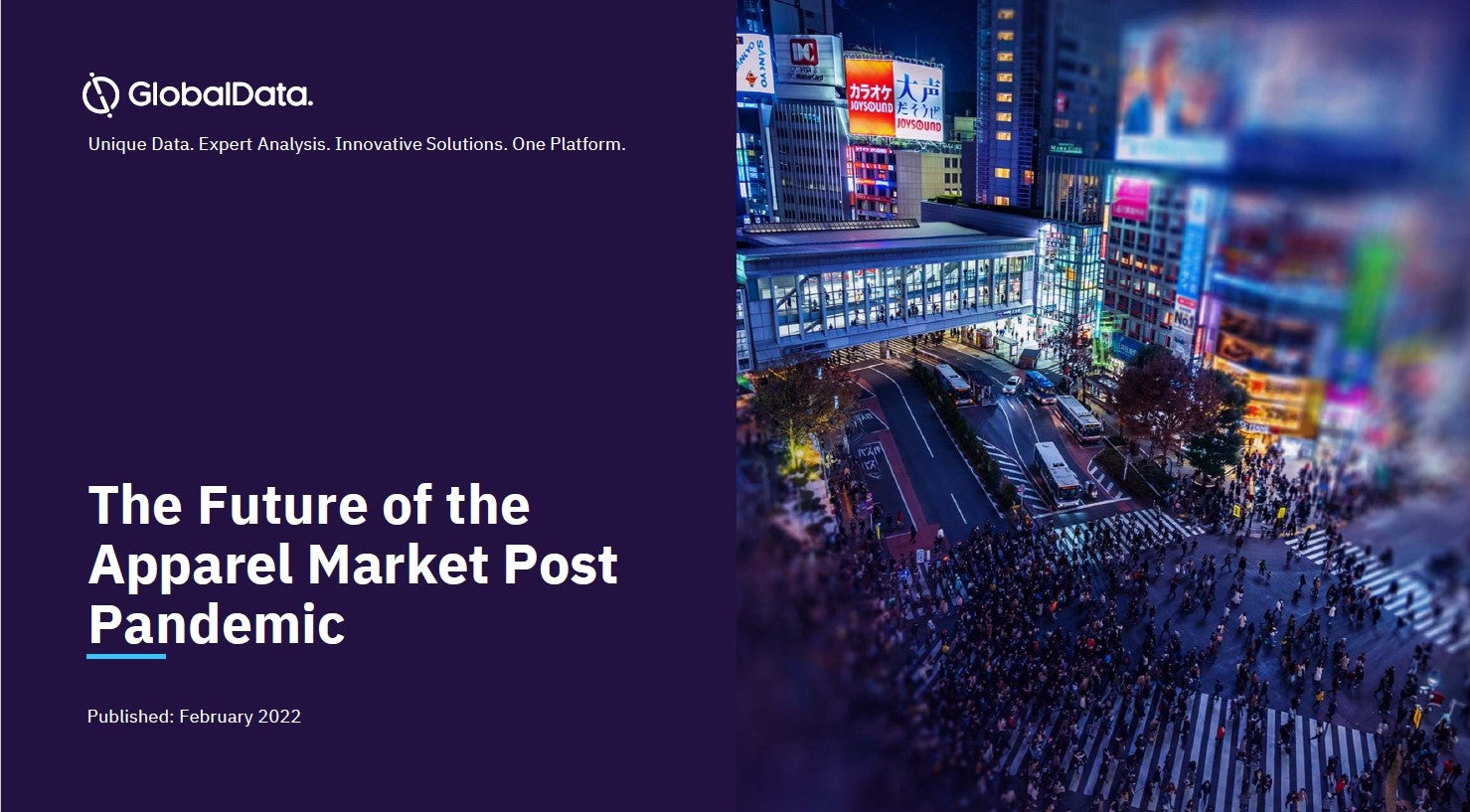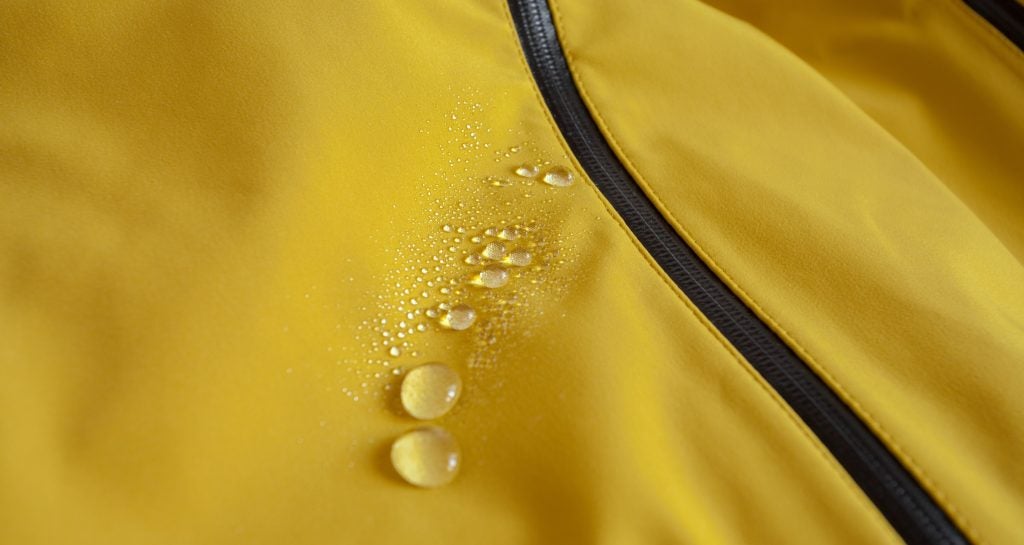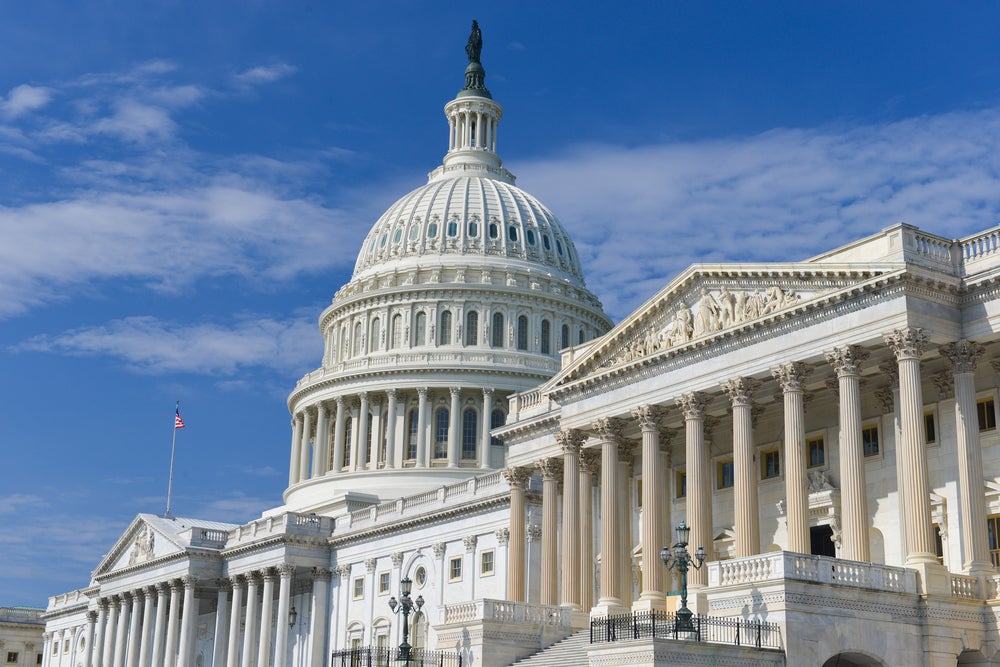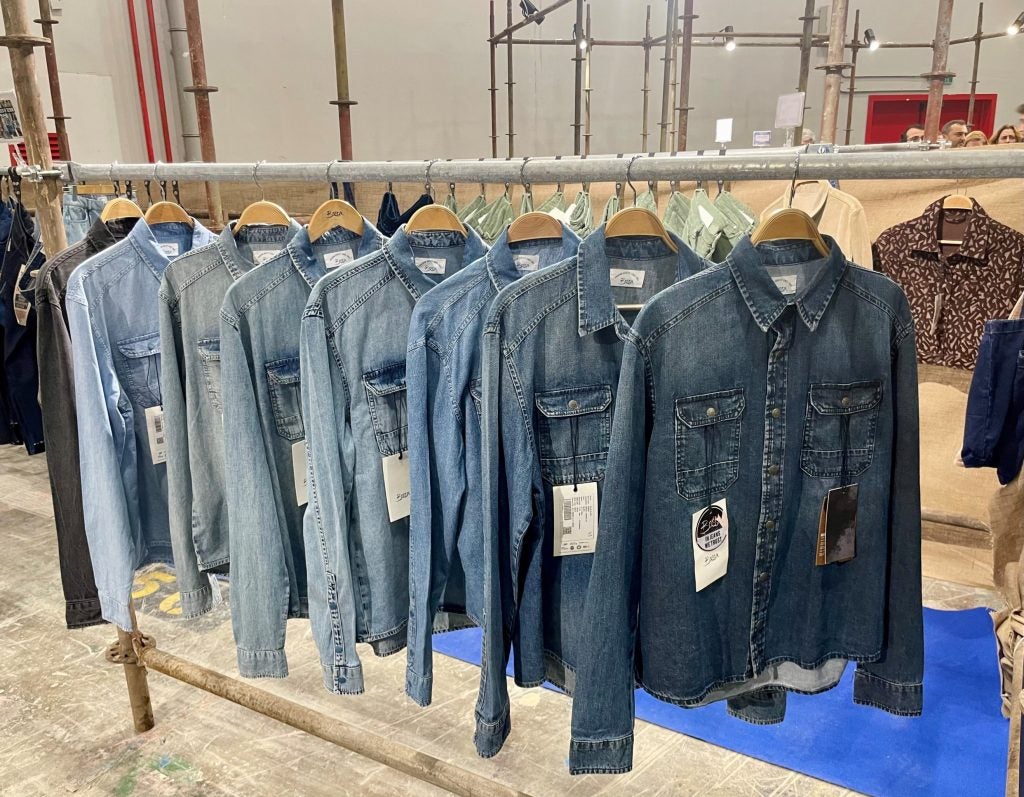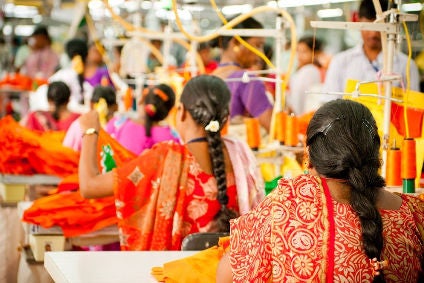
A balanced scorecard approach is key to helping supply chain managers make the best decisions around where in the world their garments are made, based on at least 10 factors ranging from cost to speed to market. Here, industry consultant Malcolm Newbery offers advice on how to achieve a balanced sourcing strategy.
Wherever you live, but particularly in North America or Western Europe, you only have to look at the country of origin label on the garments in the shops to see that it is (in approximate ranked order) manufactured in the regions listed below. In the new re:source by just-style online sourcing tool, subscribers can find the detailed figures that lie behind this overview, and analyse many subdivisions by product category within apparel sourcing. The regions are:
- Asia, China
- South East Asia (Vietnam, Thailand, Indonesia, Cambodia, Philippines)
- Indian sub-continent (India, Pakistan, Sri Lanka, Bangladesh)
- Turkey (which sells mostly to Western Europe)
- Central America (which sells mostly to the US)
- Eastern Europe (which sells mostly to Western Europe)
- Africa (most of the supply is from North Africa, mainly Morocco, Tunisia and Egypt)
- South America (which sells mostly internally to other parts of South America)
But what are the considerations that should drive these sourcing decisions? As a commercial supply chain management consultant, I have been active in sourcing supply chain decision making for a long time. As long ago as September 1993:
- Asian companies were increasing their penetration of the European markets;
- There were cost advantages in near-sourcing (North Africa and Eastern Europe) as a consequence of lower transport costs and tariifs/duties;
- And the market was not “one market,” but four markets, each with different pricing and sourcing characteristics: branded classics, branded fashion, own label classics, own label fashion (today we would call it fast fashion).
Those markets have to be then further subdivided using the idea of garment sewing work content. This is the number of minutes of sewing work involved in making one garment. To that must be added a view of the garment complexity (how difficult or technical it is) to derive a theoretical view of the suitability of low cost country sourcing. This is shown schematically below.
Low cost countries have advantages (labelled with a Y) when the work content is medium to high (because labour is cheap) and the complexity is medium to low (because they may not have either the skills or the equipment). High cost countries can defend their position better when the work content is low to medium, and the complexity is high to medium (labelled with a cross). The question mark denotes an area of uncertainty, which could swing in either direction. That tends to mean that low cost countries are good at garments such as:
How well do you really know your competitors?
Access the most comprehensive Company Profiles on the market, powered by GlobalData. Save hours of research. Gain competitive edge.

Thank you!
Your download email will arrive shortly
Not ready to buy yet? Download a free sample
We are confident about the unique quality of our Company Profiles. However, we want you to make the most beneficial decision for your business, so we offer a free sample that you can download by submitting the below form
By GlobalDataSee Also:
- Shirts and blouses;
- Bras and other lingerie;
- Unstructured jackets and trousers.
High cost countries can defend better in:
- Men’s and women’s tailoring;
- Technical garments (such as performance outerwear);
- Knitwear (knitting is more capital intensive than sewing);
- Other machine, rather than sewing, based garments such as hosiery.
Total sourcing considerations, and the “balanced scorecard”
An early example of what today we would call “the balanced scorecard” approach looked at the concept of total sourcing decision making, in which an importer was supposed to consider four factors:
- The business strategy and effect on the consumer of where the garment was made;
- The total sourcing money costs;
- Infrastructure considerations;
- Attitudes of the workforce (to things such as work ethic and quality), government involvement (both social and political stability, not to mention corruption), and other macroeconomic factors.
Eight factors were listed in a “virtuous circle” of time and service:
- Reliability
- Flexibility
- Quality
- Rectification
- Raw material choice
- Raw material availability
- Distribution sophistication
- Transport time
Today at just-style we believe there are at least 10 factors to be included in the balanced scorecard:
- Cost
- Quality
- Reliability
- Experience of the supplier
- Speed to market
- Manufacturing skills
- Additional services skills
- Access to fabrics
- Financial stability
- Political stability
That is quite a comprehensive list. At least ten subjects for a supply chain manager to consider when making a sourcing decision – which may also be extended to 15 by taking in points such as tariffs advantage, compliance/sustainability, flexibility and efficiency. In my consulting business, I use the balanced scorecard approach to help my clients make these decisions. A summary example is below, which is often called the Balanced Scorecard map.
It must be continually in the buyer’s mind that the balanced scorecard is really a ranking system rather than an absolute numerical scoring system. This means that:
- On cost, Bangladesh comes first, Honduras second, and Columbia third.
- On reliability, those three countries come in the bottom three places.
Overall, this means that the “best” places to source from, according to the balanced scorecard, are:
- 1: Turkey (72 points)
- 2: China (70 points)
- 3: Romania (68 points)
- 4: Morocco (63 points)
That is one Far East low cost, and three “local” higher cost source countries. But it has to be remembered that the total score of the card is un-weighted. Each criteria is regarded as having equal importance. If you weight cost as three times as important, and reliability as twice as important, then you get the same ranking:
- 1: Turkey (88 points)
- 2: China (87 points)
- 3: Romania (84 points)
- 4: Morocco (77 points)
Only if you weight cost five times as important as everything else do you radically change the rankings. In that event
- 1: China (90 points)
- 2: Turkey (88 points)
- 3: Romania (84 points)
- 4: Bangladesh (81 points)
- 5: Honduras (81 points)
China, Turkey and Romania are still the top three, but Bangladesh and Honduras leap up the table. If the buyer is only interested in cost, and prepared to take big supply chain risks, then the decision is clear. But to me, this says that buyers should value criteria other than just cost. However, if so, why have Bangladesh and other rock bottom low cost countries like Vietnam been growing their exports so dramatically?
The importance of extra sourcing manufacturing skills
Many companies from low cost countries are now realising and accepting that just being cheap is no guarantee that the buyer will want to work with you. The most obvious example is the world number one sourcing organisation Li & Fung. Headquartered in Hong Kong, but with international sourcing capability, it recognised a considerable number of years ago that added value services were the way to tie in the retail or brand buyer. Another less well-known organisation selling added value services is Pakistan’s GIA, which was founded by a mechanical engineer who was schooled and worked in Germany, and was early to offer extra services to its client companies. In GIA’s case, these include:
- Quality control tests of raw materials;
- Colour fastness tests on fabrics;
- Computerised pattern and marker making facilities;
- In-house design facilities…
…as well as the recognised and now expected work in progress (WIP) process controls, quality control of sewing, logistics and shipping services. The company has invested in an ERP system to automate the monitoring of the supply chain process in its 20 or so supplier partner factories, all local to Karachi for easy management control.
Post-production costs
Finally, two major points need to be made about post-production costs. The two main post-production costs are:
- Tariffs
- Shipping
Tariffs are a political and legal minefield. They are a nightmare unless you are either a politician or a lawyer, in which case they are an opportunity. Unfortunately, many politicians are also lawyers. As a consequence of this, the world has a plethora of trade deals created by lawyers and politicians, for lawyers and politicians. Fortunately for supply chain managers, re:source by just-style gives detail on these various agreements. Without going into the detail, it is sufficient to say that any supply chain manager needs to consider the effect of tariffs upon the “final landed price,” which should be the most important element of a souring decision.
Shipping is the second important post-production cost. There are 11 recognised shipping arrangements, but two are the most commonly used in the garment trade industry. They are
- FOB (free on board)
- CIF (cost insurance and freight)
If you buy FOB, then the supplier’s responsibility finishes at the point when the garments have reached the export port, and when export documentation is complete. This usually results in payment by a letter of credit (LC), which means the buyer pays at that point. This also means the garments have been paid for many weeks before they reach the buyer’s warehouse, and even longer before they are sold in stores or on the internet. There is a big cash flow impact.
If you buy CIF, then the supplier takes care of the shipping, and pays for it, up to the delivery to a destination port. This may still be paid on a LC at the point of export, but is more likely to be paid on “normal trade terms,” which are typically 30 or 60 days after delivery. This helps the buyer’s cash flow.
If the buyer (a retailer) buys brands, then none of these issues happen. The buyer is merely choosing from an offered range of branded garments at a fixed wholesale price, and with a “strongly suggested” recommended retail price (RRP).
Likely elements of the sourcing decision buying price
It is impossible to do more than conjecture what the elements of cost are in the mind of the supply chain manager. But the likelihood is that
- Materials (fabric and trim) will be between 30-45% of the buy price;
- Manufacturing (direct cost and overhead) will be between 25-35% of the buy price;
- Post production will be between 15-20% of the buy price;
- The manufacturer’s profit will be 10% or less.
In the case of an own label manufacturer, they will know the material cost accurately, because they have specified it. They will not know the manufacturing cost (and the supplier will not tell them). Nor will the supplier tell them the profit. They will know post-production quite well. So, they should be able to calculate an acceptable buying price.
In the case of buying branded, you just pay what the brand demands, unless you have big buying negotiating power.
See also:

